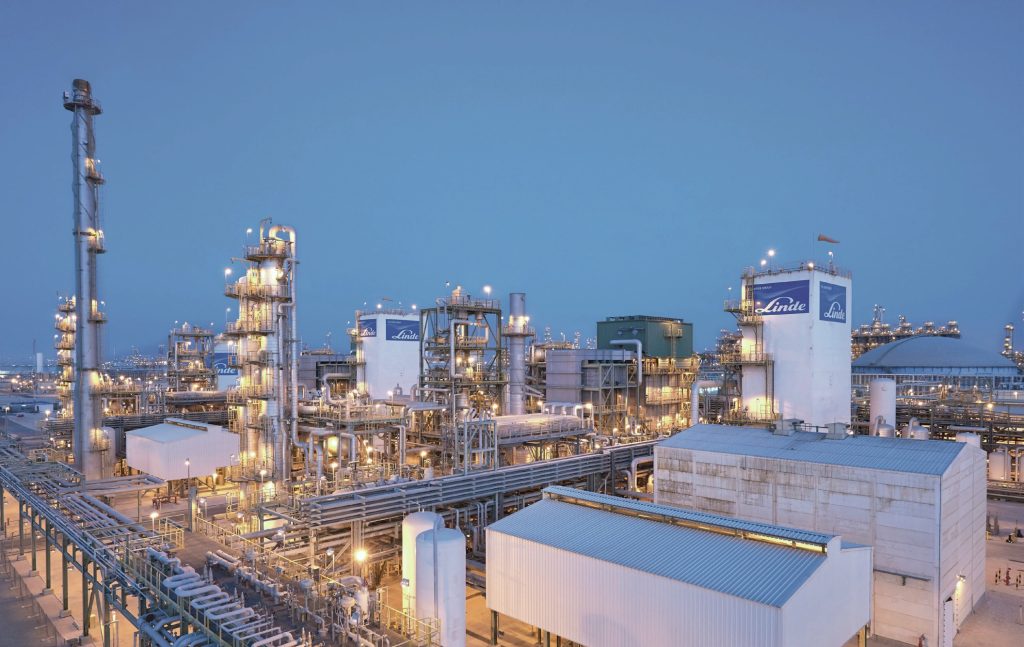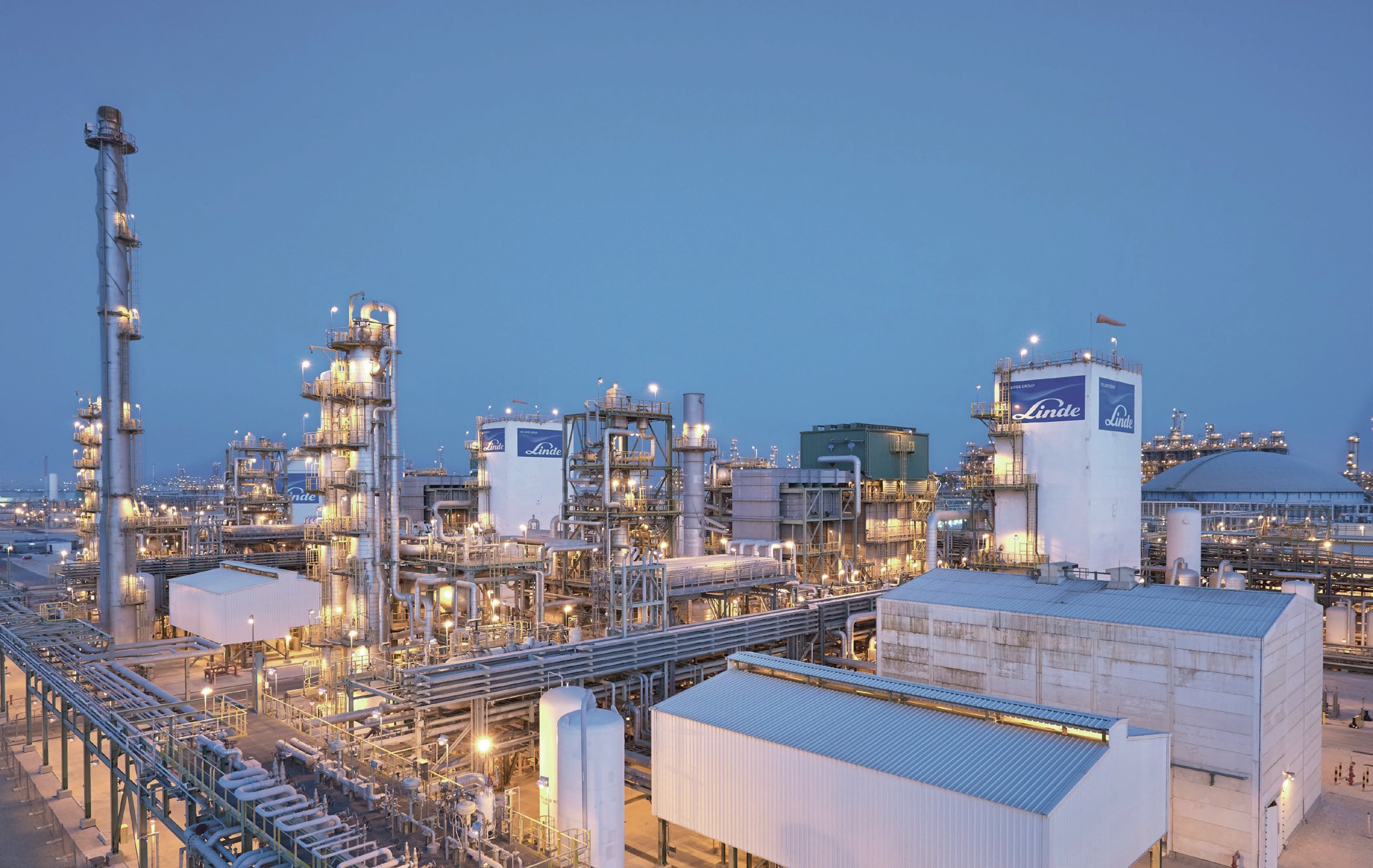Sulphur 393 Mar-Apr 2021

31 March 2021
SulGas 2021
CONFERENCE REPORT
SulGas 2021
This year’s SulGas conference, covering sulphur recovery and gas treating with a special focus on India and southeast Asia, was run as a virtual event from February 1st to 3rd 2021.

SulGas, organised by Three Ten Initiative Technologies LLP, is India’s only conference on sulphur recovery and gas treatment. This year, the conference’s third, was forced to be run as a virtual event due to the continuing covid pandemic. However, that format saw attendance rise from last year’s 170 to 266 delegates from 84 participating companies, 55 of those based outside India, including a number of major operators such as ADNOC, Pertamina, Qatar Petroleum, KNPC etc.
SRU operation
Dharmeshkumar Patel and Ahmad Nyeazi of Sulphur Recovery Engineering looked at the challenges inherent in operating SRUs at turndown, especially continuing to meet stringent environmental regulations, including design challenges; the effects of turndown on main/ancillary equipment and overall recovery efficiency; options and solutions for overcoming operational issues; and three case studies that looked at reaction furnace performance, converter issues, and the effects on the final condenser.
Uday Parekh of Blasch Precision Ceramics described how the performance of the SRU reaction furnace and thermal oxidiser can be enhanced by the careful deployment of internals to improve the overall combustion and deliver the desired conversion or destruction of the principal feed components and contaminants, respectively. This requires the customised calibration of the time, temperature and turbulence (the “Three T’s” of combustion) in each of these combustion chambers.
Lastly, Ershad Hussain from Numaligarh Refinery Ltd gave an operator’s-eye view of SRU operational issues. The refinery runs a small single-train sulphur recovery unit (<20 t/d) alongside the associated amine and sour water stripper (SWS) sections. Issues have included foaming in the amine system and hydrocarbon carryover in the SWS, and high pressure drop across the SRU. The presentation also looked at the bottlenecks of operating a single SRU train and innovations that have been adopted to reduce unit downtime.
Oxygen enrichment
Oxygen enrichment can enhance capacity enhancement of an existing SRU or reduce capex requirements for a greenfield SRU by reducing equipment and piping sizes and, as well as reducing opex by lowering TGTU solvent circulation and incinerator fuel consumption. Rahul Dole and Sohan Bhatt of Linde Engineering India described work that their company had conducted on the development and delivery of oxygen enrichment technologies over the past 25 years. Linde’s SURE™ technology can be used from low to high level enrichment, up to 100% oxygen. The company can also supply associated technologies for oxygen generation such as a liquid-gas trailer plus vaporiser, VPSA or air separation unit.
Attila Racz and Mike Smeltink of Comprimo presented a case study of an oxygen enrichment project at the Hyundai Oilbank refinery in South Korea. The refinery had increased its crude oil and heavier distillate processing capacities, which resulted in a significantly higher sulphur processing requirement.
Comprimo worked with Hyundai Oilbank to determine the bottlenecks of their two ARUs, SWSs and SRUs, which required a capacity increase from about 380 t/d to 660 t/d. The most effective way to increase the capacity of the SRU was by using oxygen enrichment. By combining mid and high-level oxygen enrichment with upgrades in the ARUs and SWSs to limit hydrocarbons, the project was able to achieve an increase in processing capacity to 740 t/d.
Amine systems
Trending Tragedy − Why Amine Systems Fail was the topic for Philip le Grange of Sulphur Experts. Equipment malfunction or unplanned shutdown of an amine system can have a devastating effect on profitability. Philip aimed to identify the highest probability threats to a facility’s operability and reliability, via an anaylsis of 400 cases of major amine system failure investigated by Amine Experts and other industry leaders over the last 20 years. These include detailed root-cause analysis related to corrosion, foaming, hydraulic restrictions and incorrect specification that have limited or crippled facilities the world over.
“Biogas is often contaminated with toxic levels of hydrogen sulphide.
Jenny Shao of Koch subsidiary Eco-Tec Inc looked at how normal operation of an amine circuit generates heat stable salts (HSS) as a result of feed gas and amine degradation. HSS cause corrosion of equipment, foaming, and reduced amine capacity. Eco-Tec provide an ion exchange-based HSS removal technology call AmiPur® which selectively removes HSS and recycles purified amine back into the circuit, allowing for consistent performance and reduced amine purchasing costs.
Tail gas treatment
Jochen Geiger and Anantha Kukkuvada of Ametek Process Instruments tackled how to ensure TGTU absorber performance to meet statutory requirements of 99.99% sulphur recovery, including how to monitor amine absorber efficiency and how to protect the amine from chemical reactions caused by process upset, by measuring the hydrogen and hydrogen sulphide concentrations downstream and upstream of the absorber. Downstream measurement includes the measurement of carbonyl sulphide and carbon disulphide, and what can be learned from this.
Sulphur removal
Biogas is often contaminated with toxic levels of hydrogen sulphide which can cause health and safety problems as well as corrode boilers, piping, and other equipment when mixed with carbon dioxide. Jenny Shao of Eco-Tec showcased the BgPur™ gas contactor, which removes up to 99% H2 S during biogas production, leading to significant cost savings through lower maintenance requirements and increased energy recovery and generating elemental sulphur as a by-product.
M. Shanmuga Sundaram and Sunder Parthasarathy of Süd-Chemie took delegates through the company’s range of catalysts for sulphur removal, including SulfoMax® for wet-gas sulphur removal and the W-Series to treat acid gas from sour water strippers, Claus tail gas and SO2 gas/spent acid.
ActiSorb GP® series adsorbents can remove sulphur from natural gas to meet pipeline specifications. Finally, HDMax® 230 is a low temperature multifunctional hydrogenation catalyst with high activity for tail gas treating units in SRUs (see page 41). It operates at an inlet temperature range of 210-220°C and can raise overall sulphur recovery levels to almost 100% depending on the type of sulphur species.
Process analysis
Anantha Kukkuvada of Ametek Process Instruments discussed installation guidelines and sample handling systems for the analysers used on modern sulphur recovery and tail gas treating units, along with industry best practice recommendations based on maintenance history records and direct experience. Analyser function and SRU/TGTU process control are well-understood at the design and process engineering levels, but sometimes less understood at the operational level. Good design, adherence to best practices, a comprehensive preventative maintenance program and process training are the keys to complete utilisation of analyser assets and improved operation.
Matt Coady of Delta Controls considered monitoring temperature in Claus thermal reactors. Reliable temperature instrumentation can be successfully retrofitted on existing reactors if proper consideration is taken in regards to details such as design, placement, and product selection.
Nathan Hatcher and Simon Weiland of Optimized Gas Treating, Inc. presented a tool for monitoring, optimising and troubleshooting gas treating and sulphur processing units. Integration of SulphurPro® and ProTreat® rate-based simulators has been achieved in a Microsoft Excel spreadsheet framework that permits ready and flexible integration with other OpCo and EPC software.
Sulphur handling
Sean Mathew of Controls Southeast considered strategies to minimise the cost of a piping thermal maintenance system. Thermal maintenance systems can utilise a broad range of technologies from bare tube tracing to fully jacketed pipe. However, regardless of the technology employed, engineering must be performed to design the system. The approach used can have a dramatic impact on the cost. Sean presented four strategies for minimising total cost: match the heating technology to the application; optimise the heating circuit lengths; optimise the utility infrastructure; and structure the bid process to reward optimisation.
Yves Herssens of DuPont Clean Technologies looked at tackling emissions from sulphur pits. The vapour space in sulphur pits contains H2 S, SO2 , and sulphur vapours that need to be vented. Depending on the concentrations, H2 S scavengers or packed tower caustic scrubbers have been typically applied to remove these sulphur contaminants from the vent streams. However, sulphur vapour quickly condenses to a fine elemental sulphur particulate, causing these systems to suffer from plugging. Yves described the use of DuPont’s DynaWave® scrubber that removes sulphur contaminants without plugging.
Finally, Martin Joksch of P&P Industries AG described how recovery of sulphuric acid in a refinery spent acid recovery system can be achieved as a clear condensate at a conversion rate beyond 99.999 %. A catalytic triple stage process recovers the heat of oxidation, hydration and condensation.
Poster sessions
Poster sessions also included:
- Case studies of SRU troubleshooting;
- Flooding in a TGTU reactor;
- Ammonia vs caustic dosing in a TGTU quench tower;
- Automation of combustion control by an air demand analyser to maximise profitability and reliability from a sulphur recovery unit;
- Lean amine pre-filter system modification; and
- A case study of condenser plugging.






